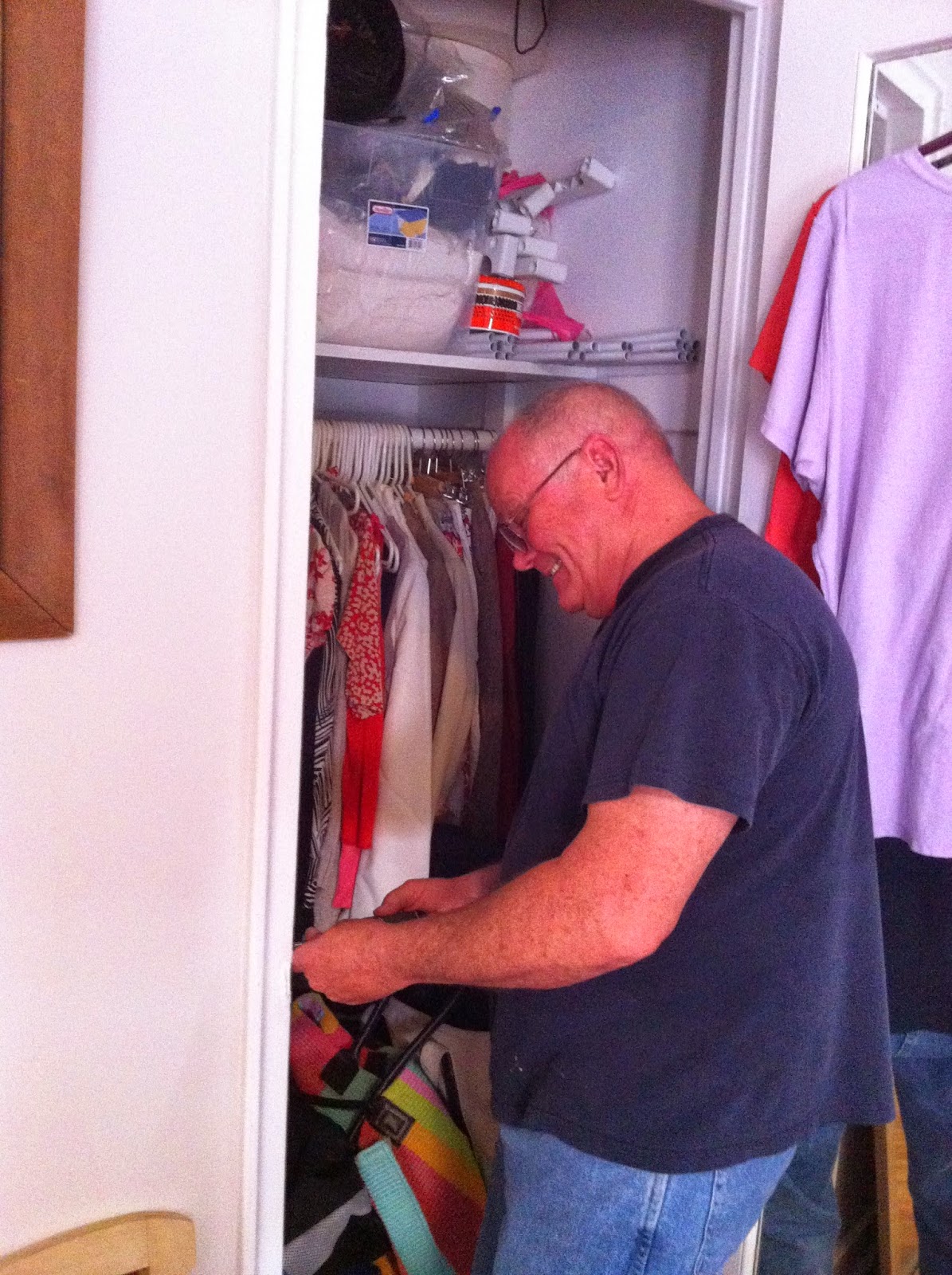Unfortunately, former residents painted over them. Boo! What's a Renov8or to do?
Before you run to a big box store for thinner, stripper, or some other caustic chemical concoction, here's some advice that I learned at Manhattan Nest and confirmed at This Old House: Run to the nearest Dollar Store or, if you're lucky, yard sale, and buy an inexpensive, disposable pot. You're going to boil all the hardware until the paint slides off.
Before you run to a big box store for thinner, stripper, or some other caustic chemical concoction, here's some advice that I learned at Manhattan Nest and confirmed at This Old House: Run to the nearest Dollar Store or, if you're lucky, yard sale, and buy an inexpensive, disposable pot. You're going to boil all the hardware until the paint slides off.
That's right — a bit of dish soap in a pot of boiling water is going to have that old paint rolling off in about an hour. The toughest part of this project is removing the hardware from the door without ruining the paint job — if your paint job is worth salvaging. We'd just had the entire place painted before moving in, so this was key.

A good trick is to use a box cutter to score the edges of the hardware.
After you've scored and scraped, pry the hardware out using brute strength (thanks, Dad!).
 |
| Pot of boiling door knobs - yum! |
When all door knobs and mechanisms are clean of paint, dry them well, then shine them up using a metal polisher of your choice. Ours are brass, so I used Brasso, and it really gave them a lovely soft glow.
If you want the shine to last, you'll need to spray them with a layer of acrylic spray. I skipped this step for a few reasons. The acrylic over time can get peely, and I didn't want that. And I don't want mine all shiny and perfect. I prefer to have them achieve a patina over time.







No comments:
Post a Comment